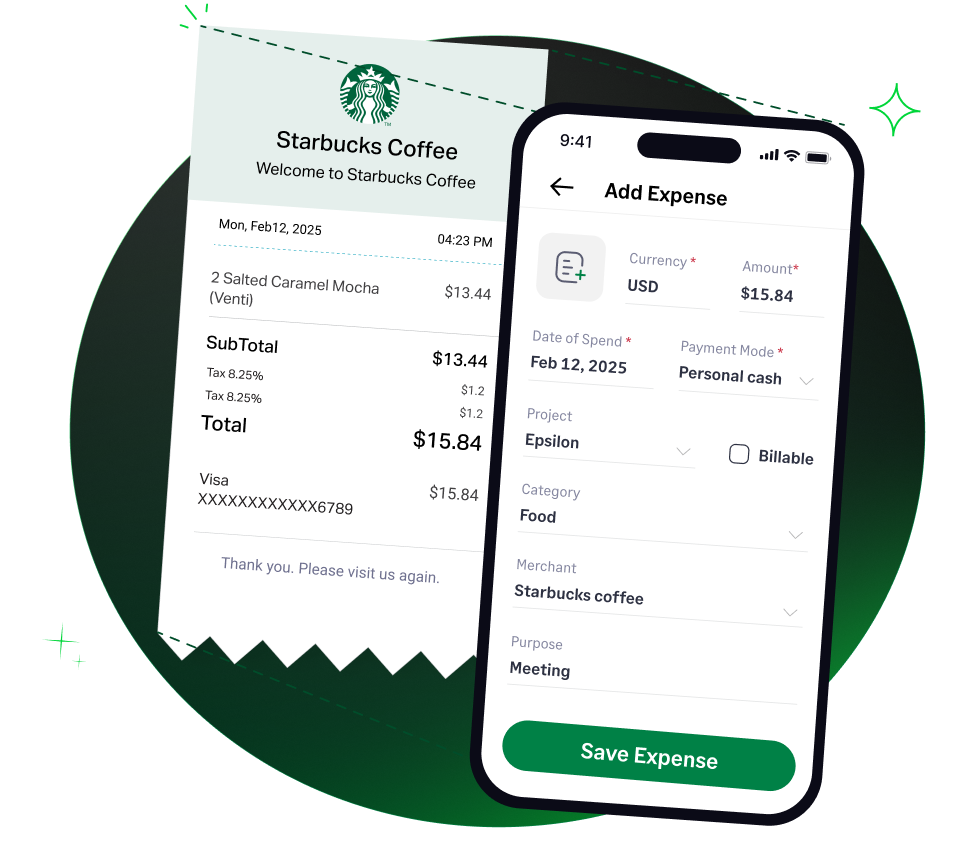 4.6/51670+ reviews
4.6/51670+ reviewsIn today's connected world, a telephone—whether a landline or a cell phone—is an indispensable tool for nearly every business. The costs of these communication services are a routine and necessary part of operations. For tax purposes, the portion of your telephone expenses that is directly attributable to your business is deductible.
However, the IRS has very specific rules, especially concerning the use of a phone line in your home. This guide will clarify how to categorize telephone expenses, the crucial rules you must follow, and how to track these costs for accurate tax compliance.
The costs for your business-related telephone services are an ordinary and necessary business expense. These costs are generally categorized under Utilities.
IRS Publication 535 lists telephone service as a deductible utility expense. It is essential to track these costs accurately to ensure you are only deducting the portion related to your business activities.
The most critical factor in deducting telephone costs is separating business use from personal use, especially when a home phone is involved.
This is a specific and important rule from the IRS. Publication 535 states that you cannot deduct the cost of basic local telephone service (including any taxes) for the first telephone line you have in your home, even if you have a qualifying home office. This cost is considered a non-deductible personal expense.
While the first landline itself is not deductible, you can deduct business-related charges on that line. The IRS allows you to deduct:
The IRS publications provided do not contain separate, specific rules for cell phones that differ from other telephone services. The same general principles apply: you can only deduct the portion of your cell phone bill that is attributable to business use. You must be able to document your business usage to support your deduction.
IRS Publication 463 states that you can deduct the cost of business calls you make while on a business trip. This includes calls made by fax machine or other communication devices.
To deduct your telephone expenses, you must report them correctly and maintain meticulous records to prove business use.
For a sole proprietor filing a Schedule C (Form 1040), the business portion of your telephone expenses is deducted under Part II, Line 25, Utilities.
You must have documentary evidence to substantiate your business telephone expenses. Your records should include:
Sage Expense Management helps you capture and organize your monthly phone bills, making it easier to allocate costs and substantiate your business deductions.




